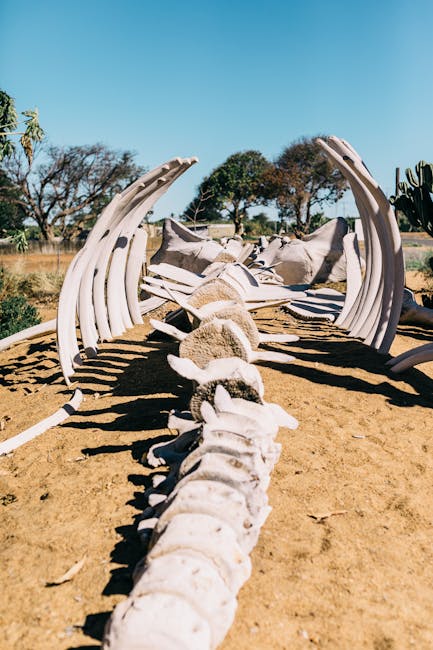-
Rare Fossil Discovery: Geology students unearthed a nearly complete Alamosaurus fossil in Big Bend National Park, United States. This is significant because complete Alamosaurus fossils are rare.
-
One of the Largest Dinosaurs: Alamosaurus was one of the largest dinosaurs ever, belonging to the sauropod group. This highlights its impressive size and place in dinosaur history.
-
North American Native: Alamosaurus lived in North America during the late Cretaceous period (100.5 to 66 million years ago). It is the only sauropod known from North America during the Upper Cretaceous, making it unique to that time and place.
-
Herbivorous Giant: Alamosaurus was an herbivore with armored spikes for defense. This emphasizes its role in the ecosystem.
-
Extinction: Alamosaurus died out in the Cretaceous-Paleogene extinction event. This positions it as one of the last non-avian dinosaurs, marking the end of an era.
-
Size: Alamosaurus was at least 11 meters (36 feet) tall, 30.5 meters (100 feet) long, and weighing 38-80 metric tons, rivalling the size of the biggest sauropods like Argentinosaurus. This proves that it was the largest terrestrial animal in North America during the Upper Cretaceous.
